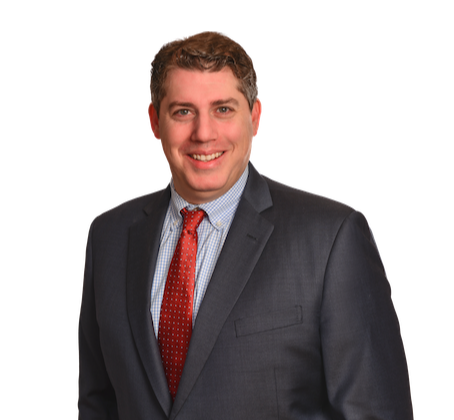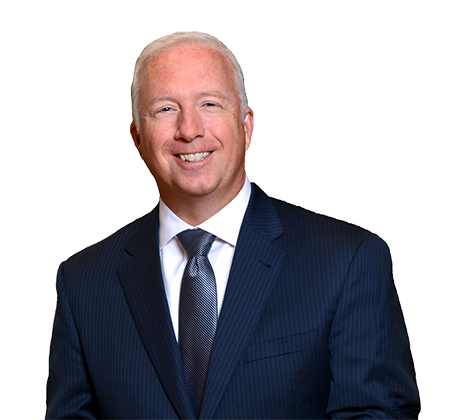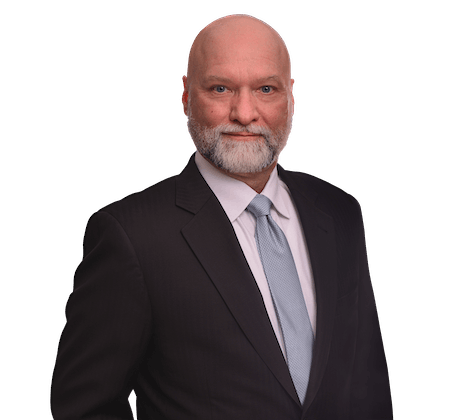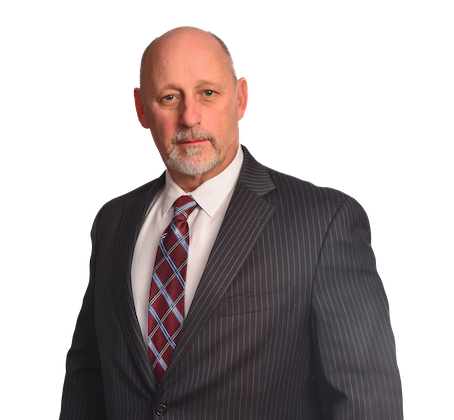On April 13, 2016, the New Jersey Appellate Division affirmed an order granting summary judgment to Crum & Forster Insurance Company (“Crum & Forster”), finding that an “EIFS/DEFS” exclusion applied to preclude coverage as a matter of law. In its decision, the Appellate Division declined to adopt an “enhanced” burden of proof that would require insurers to go beyond the “preponderance of the evidence” standard in establishing the applicability of a policy exclusion.
In the underlying lawsuit, Lakeside at North Haledon Condominium Association (“Lakeside”) alleged that The Breese Corporation (“Breese”) negligently installed stucco and an “external insulation and finish system” (“EIFS”) on the condominium’s various buildings. The commercial general liability policies issued to Breese contained an exclusion that barred coverage for “Property Damage . . . arising directly or indirectly out of ‘your EIFS/DEFS product’ or ‘your EIFS/DEFS work’ . . .”
The lower court decision primarily turned on conflicting expert testimony submitted by the parties as to whether the EIFS installed by Breese met the definition of “[e]xterior insulation and finish system” contained in the exclusion. The Appellate Division left undisturbed the lower court’s conclusion that Breese’s EIFS did, in fact, fall within that definition, as it contained all four elements of an EIFS as defined under the policies, including: (1) an insulation board; (2) attached by adhesive or mechanical means to the substrate; (3) covered with a base coat with reinforcing mesh; and (4) a top finish coat.
Lakeside argued, among other things, that Breese’s EIFS could not constitute an EIFS under the policies since it was attached to two different kinds of substrate – wood sheathing, in some instances, and stucco, in others. According to Lakeside, the language of the exclusion referred to the material being attached to “the substrate,” and, thus, contemplated the use of only a single substrate, which, per the project’s plans, should have been wood only. The Appellate Division rejected this argument, explaining that it was “undisputed” that Breese had failed to install the EIFS “in accordance with the plans, and so Lakeside’s reliance on using the plans to define ‘the’ only permissible ‘substrate’ is misplaced.”
On appeal, Lakeside also attempted to take a different tack, arguing that Crum & Forster failed to meet a “heightened burden of proof” in demonstrating that each of the condominium’s buildings contained an EIFS that fell within the exclusion’s definition. Acknowledging that no New Jersey court had ever held an insurer to a heavier burden than preponderance of the evidence, Lakeside argued that an insurer should nevertheless bear “a slightly heavier weight” for proof as to the applicability of exclusions.
The Appellate Division flatly rejected this argument, finding “no reason to deviate” from prior case law establishing that an insurer need only prove the applicability of an exclusion by a preponderance of the evidence. According to the Court, Crum & Forster had submitted sufficient evidence to the lower court to permit a finding by a preponderance of the evidence that Breese had installed an EIFS on all of the buildings, citing to language from the lower court decision that “[g]iven the proofs before the [c]ourt, it is highly unlikely that the method of installation and the function of EIFS varied from building to building.”
In closing, the Appellate Division acknowledged its role “as a court of intermediate appellate jurisdiction,” explaining that the job of adopting “an enhanced burden of proof for every insurer attempting to prove that a policy exclusion applies” is one best left to New Jersey’s Supreme Court.
A copy of the full text of the decision can be accessed here.














